Introduction
The contemporary global economy depends completely on large boxes and shipping containers for its operations. The standardized metal boxes have revolutionized international trade by enabling secure and coordinated movement of goods between oceanic and rail transit and road transportation systems. Standardized intermodal container transportation known as big box shipping changed global logistics management when it started widespread use during the late twentieth century. Starts as a solution to face cargo efficiency problems and has developed to become international trade’s essential framework which enables global supply chains that people use regularly today. This article examines the historical development alongside current effects and anticipated troubles of big box shipping within our modern interdependent world.
The Evolution of Big Box Shipping

From Break-Bulk to Containerization
Prior to shipping containers and packages rriving on the scene cargo handling relied intensively on break-bulk shipping operations. The procedure of unloading goods one item by one from ships proved to be time-consuming and expensive while simultaneously vulnerable to theft and damage that resulted in delays. Undertaking the transportation of one vessel required weeks because longshoremen performed hand operations on each individual item.
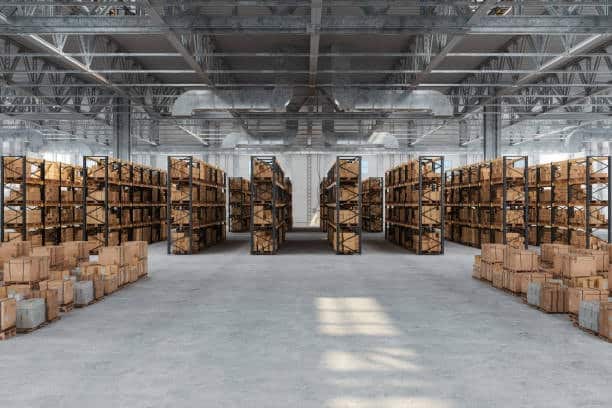
The evolution of shipping containers was initiated by American business leader Malcolm McLean who transformed a World War II tanker into the first container vessel during 1956. McLean developed the solution when he created standardized metal boxes, including large packages, which enabled swift exchanges between ships trains and trucks without unloading goods. Through its ability to transport goods across diverse transport modes the system decreased both operation times and workforce expenses as well as material loss and security risks.

Standardization and Global Adoption
Standardization revealed the complete potential of containerization systems. The International Organization for Standardization (ISO) introduced standardized container measures of 20 or 40 feet in length with 8 feet width and 8.5 feet height during the 1960s. Standardization in the industry resulted in the creation of transportation equipment dedicated to handling containers on every mode which established an actual intermodal system.
Foreign shipping lines adopted container ships during the 1970s as their operations increasingly defaulted to these vessels. International ports allocated their budgets to develop crucial container-handling equipment together with large terminal sites. The fast adoption of containerization technology by nations during its early days provided global commercial leverage that pushed back nations which delayed implementation.
The Economics of Big Box Shipping

Economies of Scale
The implementation of containerization brought about substantial cost reductions by utilizing economies of scale as its main outcome. Modern container ships have developed immensely since their early days with few hundred containers by reaching present large capacities for moving more than 24,000 TEUs (Twenty-foot Equivalent Units). The size increase in container shipping operations reduced prices per unit so distant long-haul shipping became feasible for more products.
The actual shipping costs for container transport amount to only $10 when exporting a television from Asia to North America despite being a tiny portion of its retail price. Efficient transportation enables companies to achieve manufacturing globalization through cost-driven product placement regardless of international market distribution.
Impact on Global Trade Patterns
Global trade patterns have fundamentally been changed by the economics of big box shipping. But the system has allowed the emergence of export oriented economies in Asia, in particular China, as they have been able to link their manufacturing capacities with the outlets around the world. The container revolution allowed offshoring of production from developed economies to regions with lower cost, standards of labor, transforming the global economic landscape.
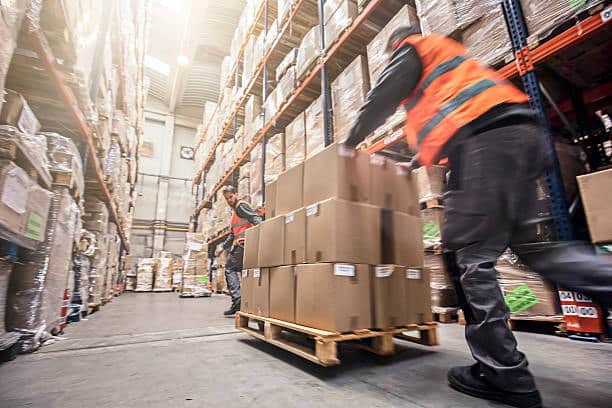
It has also formed new trade corridors and gateway hubs on a container shipping scale. Millions of containers whisk through ports like Shanghai, Singapore, Rotterdam and Los Angeles/Long Beach annually, and the rise of these as key nodes in the global transportation network has lead to economic development in the surrounding areas.
Technological Advancements in Big Box Shipping
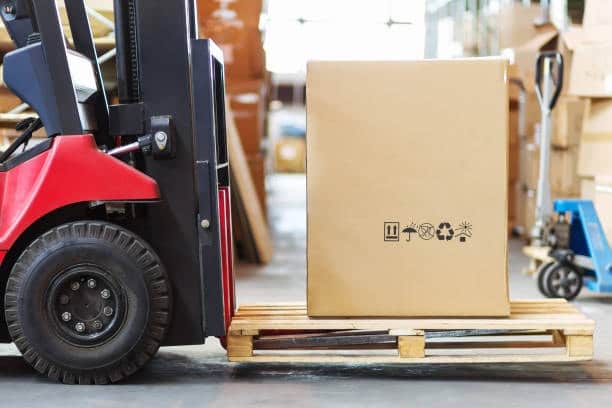
Automation and Digitalization
The container shipping industry has been changing by technological innovation. Automated guided vehicles (AGVs) and automated stacking cranes are used extensively in modern container terminals replacing manual operations. Rotterdam, Singapore and other leading ports already have fully automated terminals which show great potential for greater efficiency and lower operating costs.
Information fields within the shipping ecosystem are being digitalized. Nowadays, there are electronic data exchange (EDI), blockchain solutions, and IoT applications to improve visibility and coordination along the supply chains. They are streamlining documentation processes for shipping large boxes that were formerly tedious, mountains of paperwork, lowering delays and administrative costs.
Smart Containers and Tracking Systems
The shipping containers in use today are becoming more and more ‘smart.’ Shippers and carriers are able to track that location and condition in real-time via GPS tracking, monitoring environmental sensors, and use of remote monitoring systems. These technologies are extremely useful to temperature sensitive material such as foods and pharmaceuticals, to assure the integrity of the product during its journey oversize packages.
The advanced visibility system gives the stakeholders unprecedented degree of visibility regarding the movement of goods. This visibility enables companies to enhance inventory management for their shipments , reduce safety stock requirements and be more responsive to disruptions, old skills that have become very important in the face of increasingly complex supply chains consolidated freight.
Environmental Challenges and Sustainability
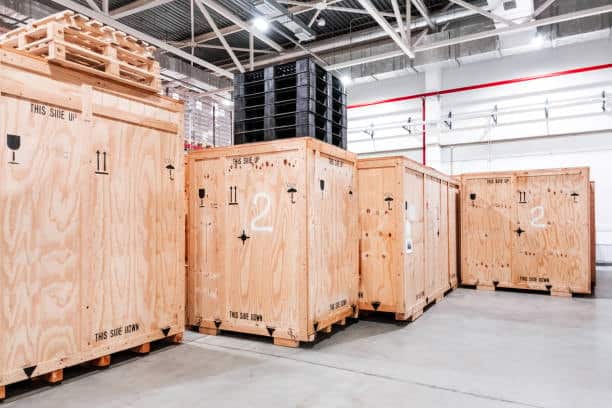
Carbon Footprint and Emissions
People examine container shipping more because its performance still produces harm to our environment. The shipping sector emits 3 percent of worldwide greenhouse gases with the majority coming from combustions in heavy fuel oil tanks of vessels. Global maritime organizations set strict pollution limits through IMO rules plus decarbonization demands force the shipping sector to turn toward energy-efficient ways of working ship large packages.
Eminent shipping firms are putting money into purchasing fuel-saving ships plus installing exhaust purifiers and eco-friendly propeller systems. Numerous shipping companies are attempting to switch fuels from regular oil tanks to LNG for temporary usage alongside their progress toward zero-emission vessels that use clean hydrogen or ammonia energy sources actual weight.
Port Environmental Issues
Ship pollution from engines and terminal gear generates both air and noise trouble to local residents and harms aquatic life around maritime facilities. Modern ports install shore power systems to link ships with electric power when docked and they change their equipment to electric versions plus incorporate eco-friendly methods cheapest way to ship.
Ports experience increasing competition relative to their environmental performance with sustainability measurements now playing a major role in which port Preference carriers and shippers need selections combined length.
Current Challenges in Big Box Shipping

Supply Chain Disruptions
The COVID-19 pandemic exposed vulnerabilities in the container shipping system. Business operations collapsed in 2020-2022 due to ships at ports backed up without enough equipment to handle growing cargo demand during these years large box. The breakdown of major supply network connections taught us they rely on one another and their failures create widespread impacts dimensional weight.
Despite these challenges the shipping industry faces ongoing changes in customer demand patterns plus increased international conflicts that affect trading routes while demanding better shock protection. Companies now plan their supply chains differently by moving production closer to home or closer to domestic consumers to reduce long-distance shipping risks.
Infrastructure Constraints
Physical ports and shipping areas cannot handle growing numbers of containers anymore. The rising volume of ship transport creates construction barriers as ports need deeper waterways and longer ports with increased terminal space. The inland transport systems for both rail and road systems at ports struggle to move more shipping containers through their networks smoothly usps priority mail.
These problems mostly affect developing regions because their port systems cannot support the rising trade levels oversized package. When shipping ports cannot handle growing cargo demands the improvements made by containerization turn into liabilities so networks should work together to find solutions courier services.
The Future of Big Box Shipping
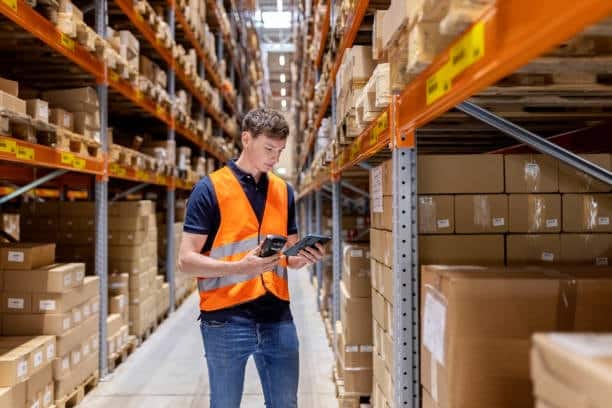
Decarbonization and Sustainability
Container shipping companies will experience their biggest transformation when reaching zero emissions. IMO mandates for 2050 carbon emission reduction depend on significant upgrades to ship technology and package handling combined with operational strategies. Major shipping companies spend large amounts in efforts to build carbon-neutral transportation technology.
Moving toward sustainable shipping methods will require more expenses now but bring savings back to customers over time as it makes industries meet regulatory requirements while preserving the environment.
Integration and Platformization
Container shipping must advance from point-to-point transport by using digital platforms to include all supply chain participants. These platforms unite industry participants by decreasing cargo delivery challenges to match resources properly while making possible new data-driven business methods.
Leading ship companies now provide complete logistics services for their customers instead of solely operating ocean transport. The company now directly manages all supply chain processes because customers demand reliable and fast shipping solutions.
Conclusion
The big box shipping system started as Malcolm McLean’s original idea but has advanced significantly since then. Standard shipping containers and oversized packages made worldwide trade possible and built our modern interconnected economic supply networks. The system improves each day thanks to better tech solutions, environmental work and business practice changes.
The shipper industry moves freight internationally during tough times while balancing environmental concerns and changing technology. The container shipping industry’s response to changes will determine its own success and help steer the global business and economic progress. In many ways, the humble shipping container—a simple metal box—remains one of the most powerful engines of globalization, connecting producers and consumers across continents and cultures ship large boxes.




